Got Old, Overgrown Plants? Know When to Prune or Replace
Dealing with the Dilemma of an Overgrown Plant: To Prune or Replace?
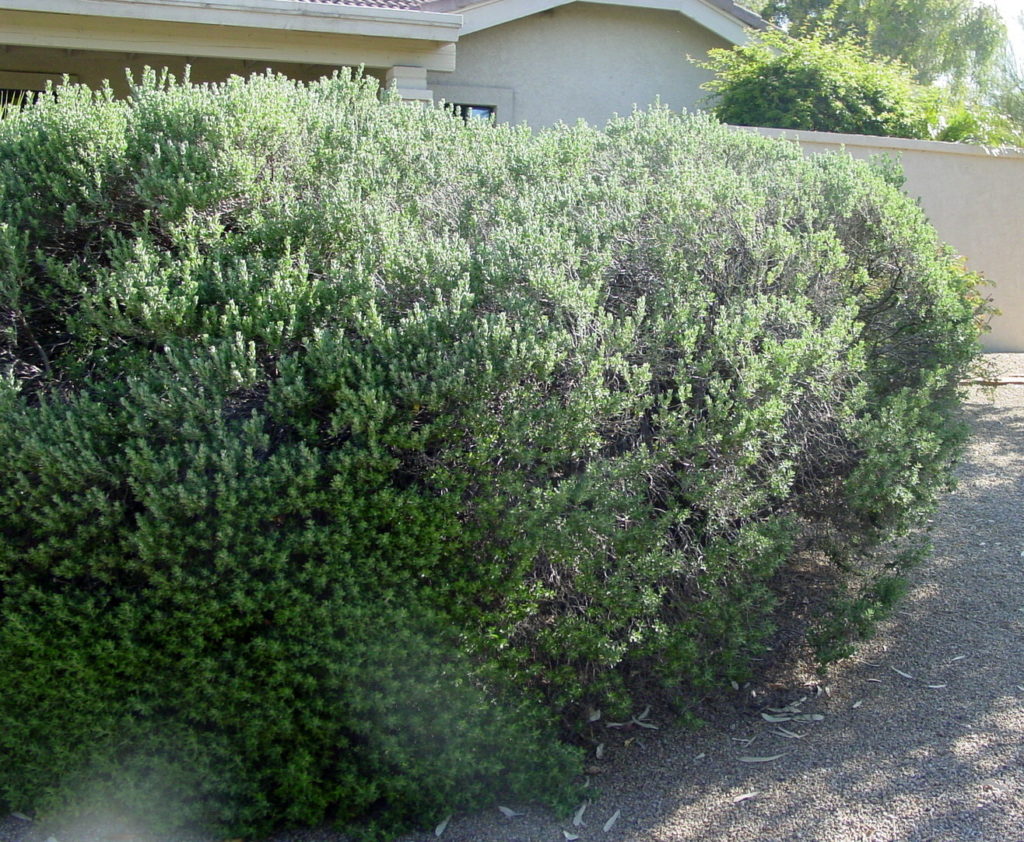
Overgrown plant, old Texas sage (Leucophyllum frutescens ‘Green Cloud’)
The Challenge of Aging Plants in the Landscape
You have undoubtedly seen old, overgrown plants filled with mostly leafless branches that rarely flower anymore. Or, perhaps it is an aged succulent that has brown patches. The patches can slowly encroach onto the upper parts of the plant from the base. So, what is the solution for plants that no longer add decorative value to our landscape?
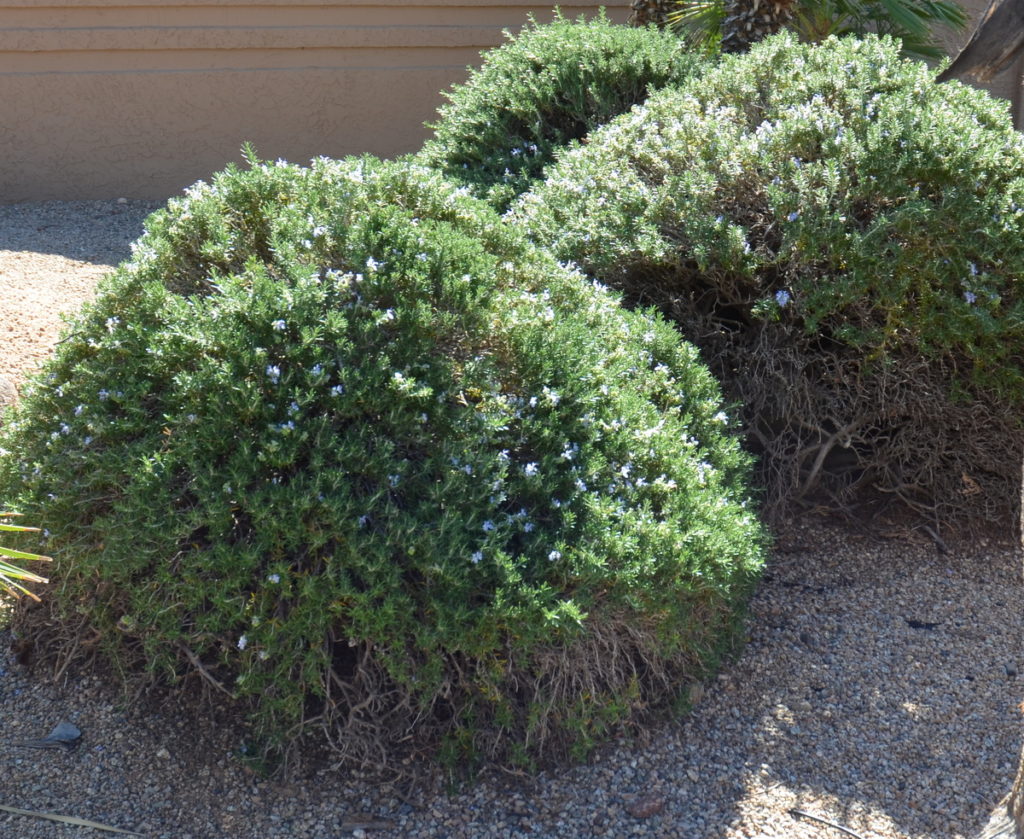
Old rosemary filled with unproductive woody growth
The Power of Severe Renewal Pruning
Dealing with overgrown plants is a common challenge for gardeners and landscapers. Understanding when to prune and when to replace is crucial for maintaining a beautiful landscape.
Not all plants respond well to severe pruning; some are better replaced altogether. Let’s discuss specific Southwestern shrubs and succulents.
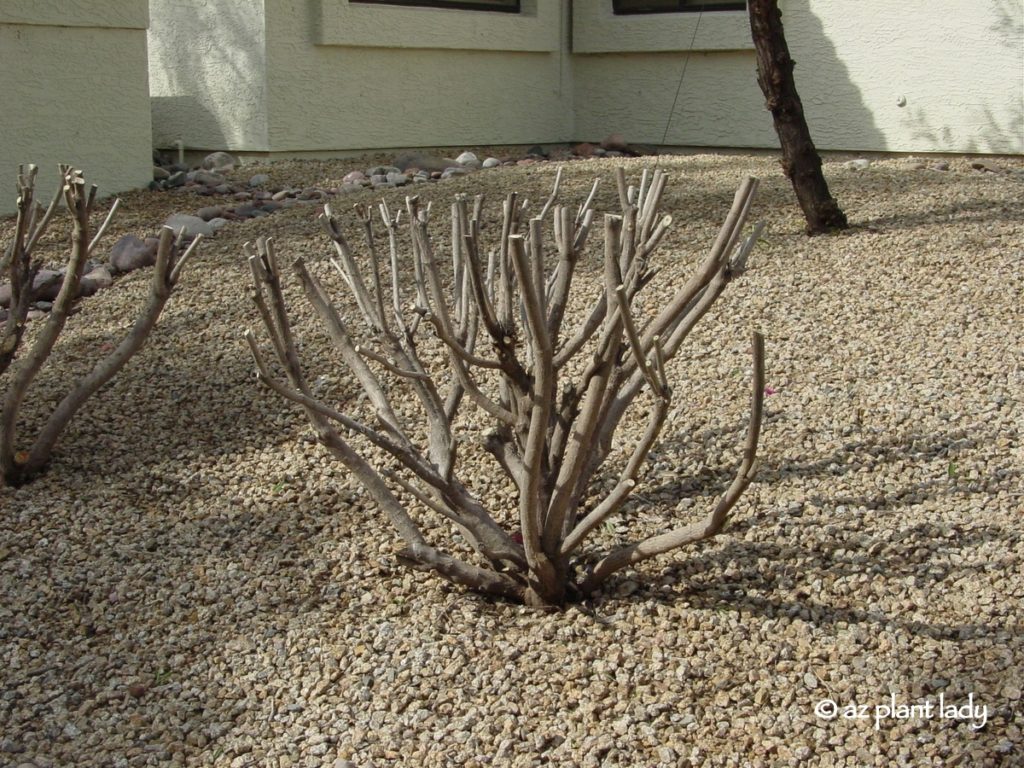
Oleander that has undergone severe renewal pruning in spring.
Springtime Rejuvenation
Many shrubs can be rejuvenated by severely pruning them back, which gets rid of old, woody growth and stimulates the production of new branches, which will flower more (in the case of flowering shrubs). It is helpful to think of severe renewal pruning as the “fountain of youth” for many plants.
This type of pruning is best done in spring, once the weather begins to warm up. Shrubs that respond well to this include bougainvillea, jojoba, lantana, oleander, Texas sage, and yellow bells. It’s important to note that not all shrubs will come back from this method, but the pruning didn’t kill the shrub – it only hastened the demise of the plant that was already in progress. If this happens, replace it with another.
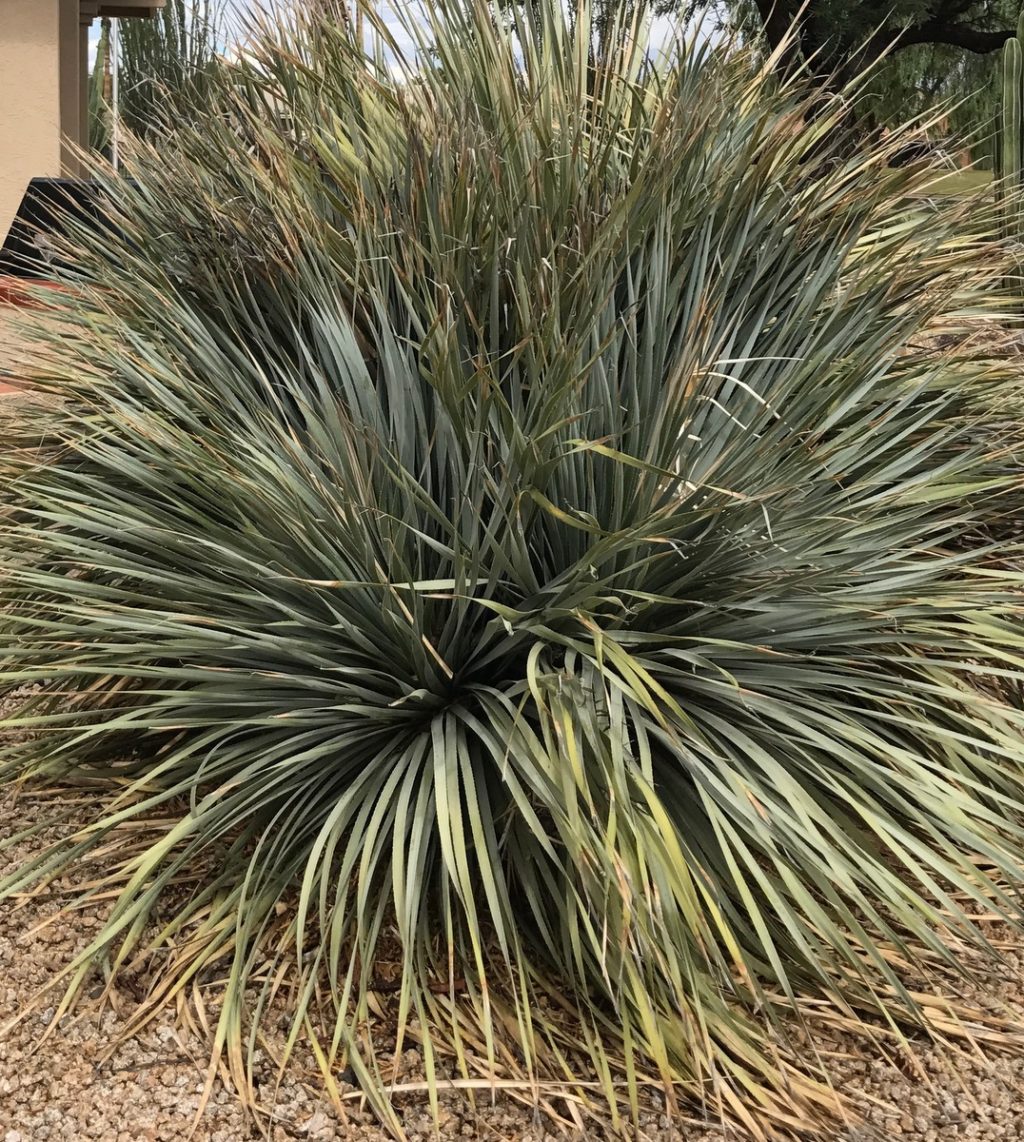
Old desert spoon (Dasylirion wheeleri)
Some Plants Do Not Like Renewal Pruning
There are some plants that don’t respond well to renewal pruning or where that isn’t possible to do in the case of succulents. In this case, the solution is simple – take them out and replace them with a younger version of the same plant. Examples of plants that are better removed and replaced include aloe, desert spoon, red yucca (hesperaloe), rosemary, and prickly pear cactus. When you think about it, the cost isn’t very high, when you consider the beauty that these plants added to your landscape for eight years or more.
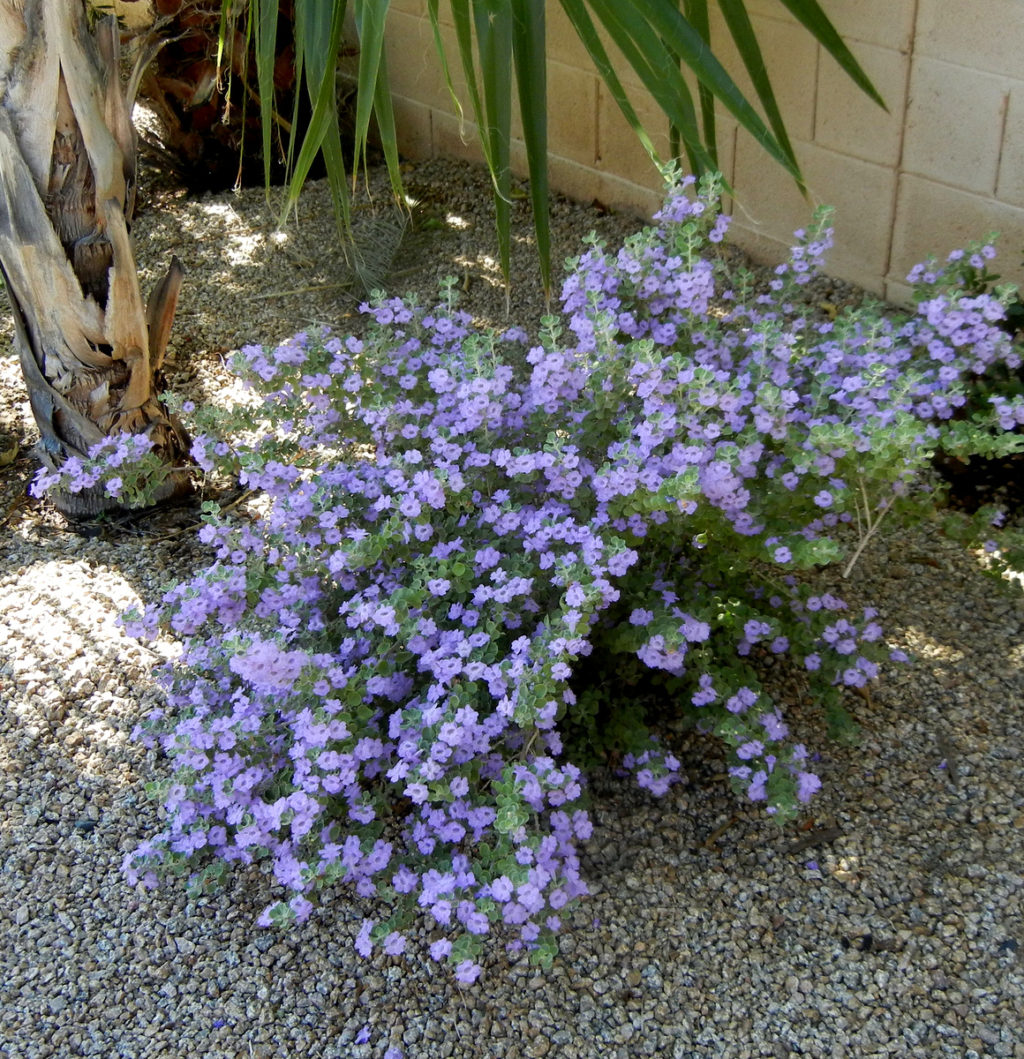
Heavenly Cloud Texas Sage several weeks after severe pruning.
Weighing the Cost and Beauty
Explore the decision-making process behind removing and replacing old succulents and shrubs in your landscape, considering the cost and the beauty they bring to your garden.
When you think about it, the cost isn’t very high, when you consider the beauty that these plants added to your landscape for eight years or more.
*Have you severely pruned back an old shrub and had it come back beautifully? Or, maybe you recently removed and replaced some old succulents?
Ready to Prune? Here Are Common Pruning Terms Defined

 Noelle Johnson, aka, 'AZ Plant Lady' is a author, horticulturist, and landscape consultant who helps people learn how to create, grow, and maintain beautiful desert gardens that thrive in a hot, dry climate. She does this through her consulting services, her online class Desert Gardening 101, and her monthly membership club, Through the Garden Gate. As she likes to tell desert-dwellers, "Gardening in the desert isn't hard, but it is different."
Noelle Johnson, aka, 'AZ Plant Lady' is a author, horticulturist, and landscape consultant who helps people learn how to create, grow, and maintain beautiful desert gardens that thrive in a hot, dry climate. She does this through her consulting services, her online class Desert Gardening 101, and her monthly membership club, Through the Garden Gate. As she likes to tell desert-dwellers, "Gardening in the desert isn't hard, but it is different."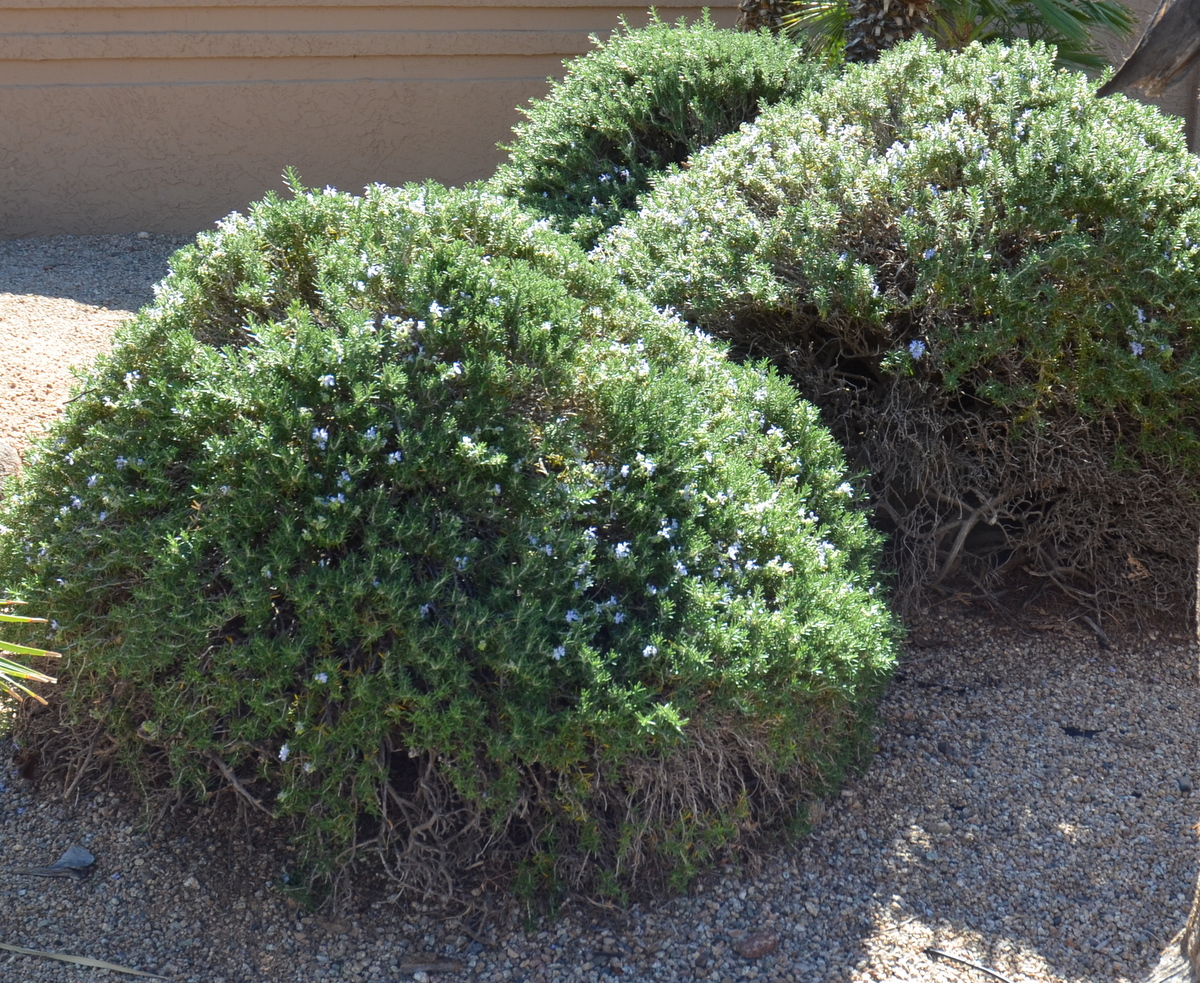

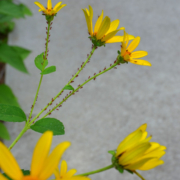
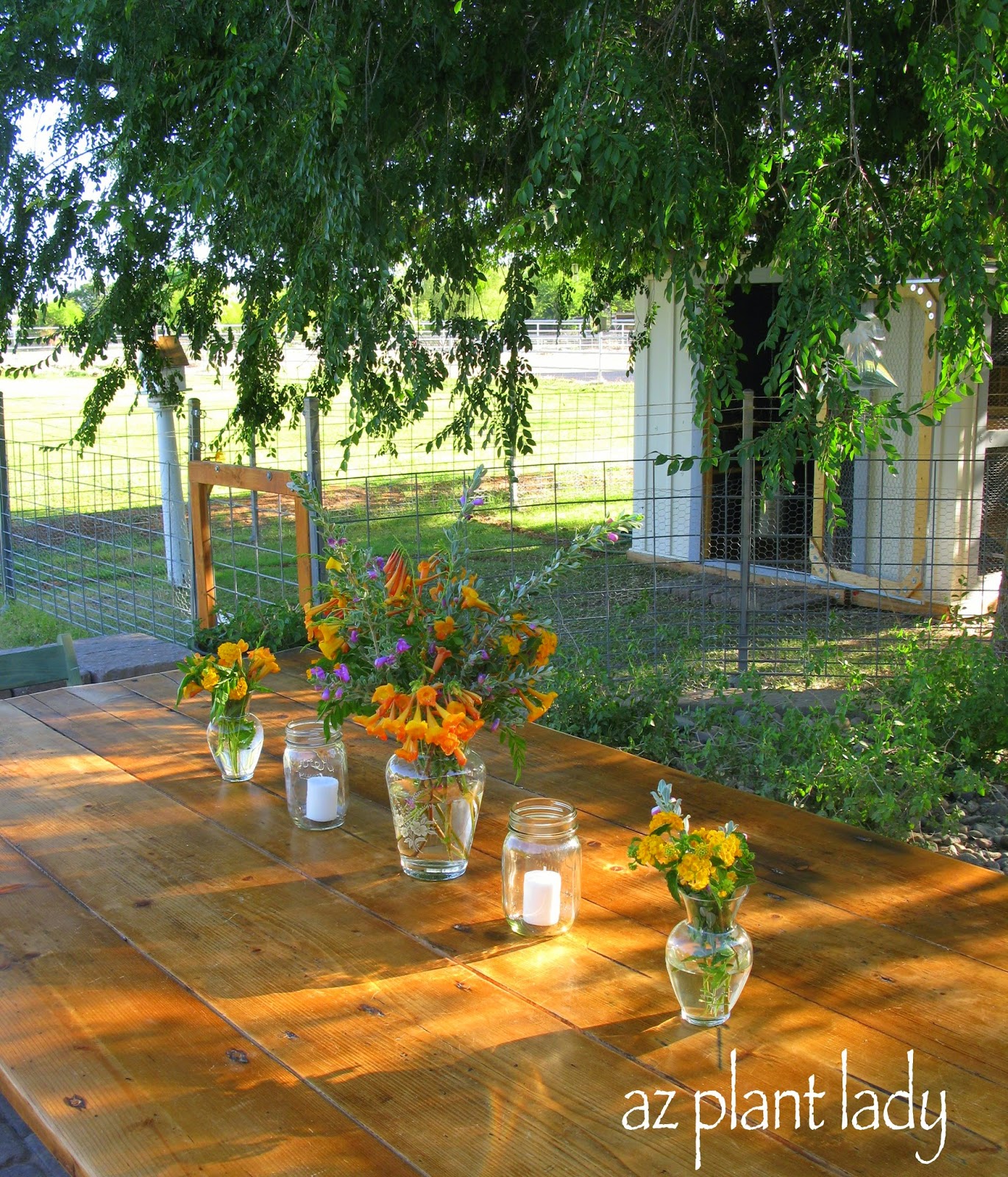
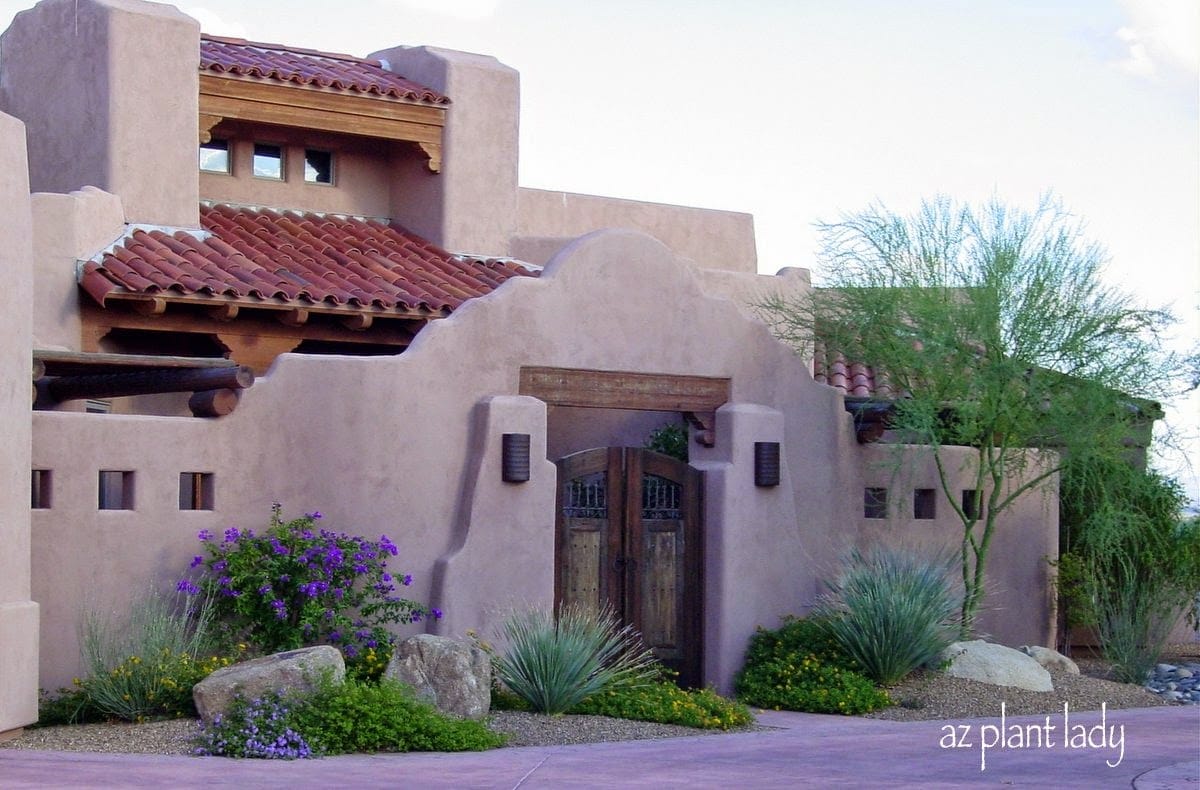
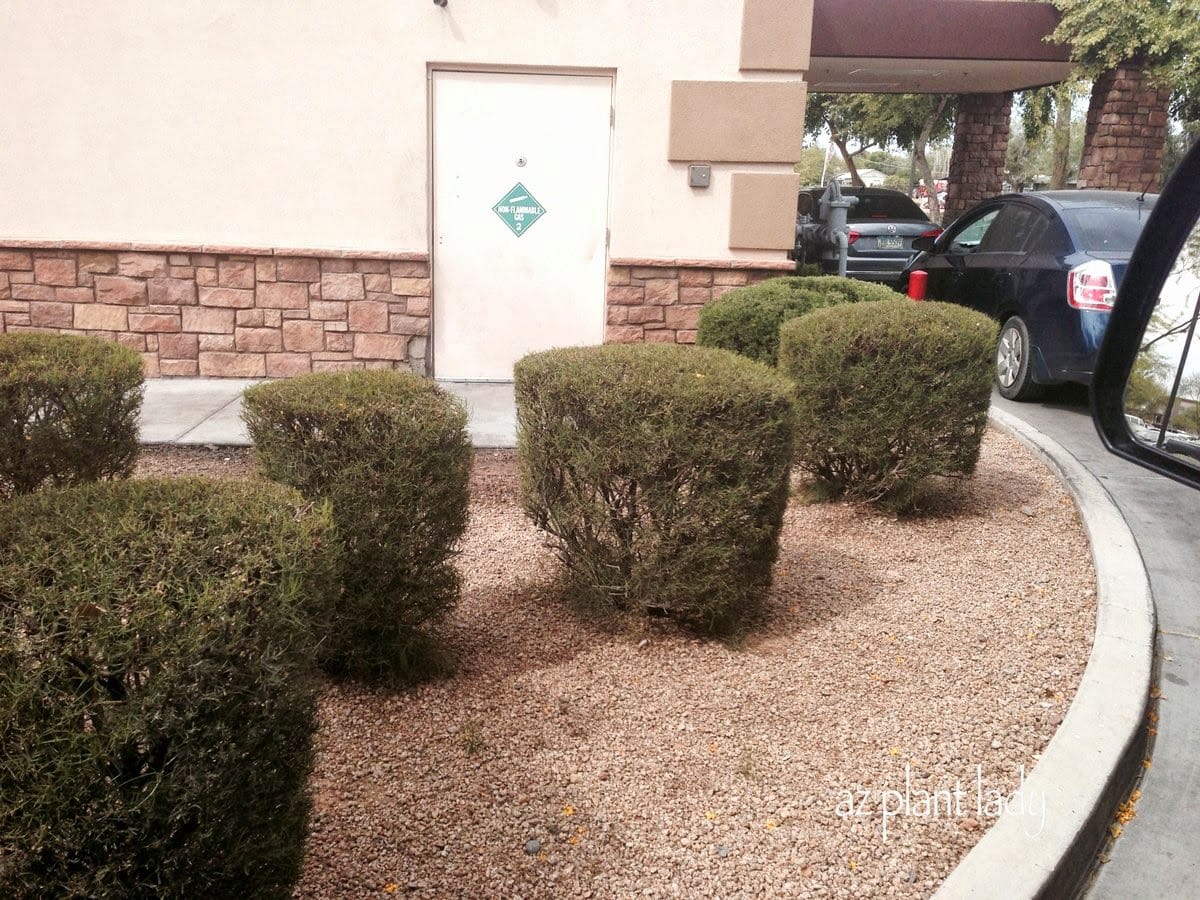
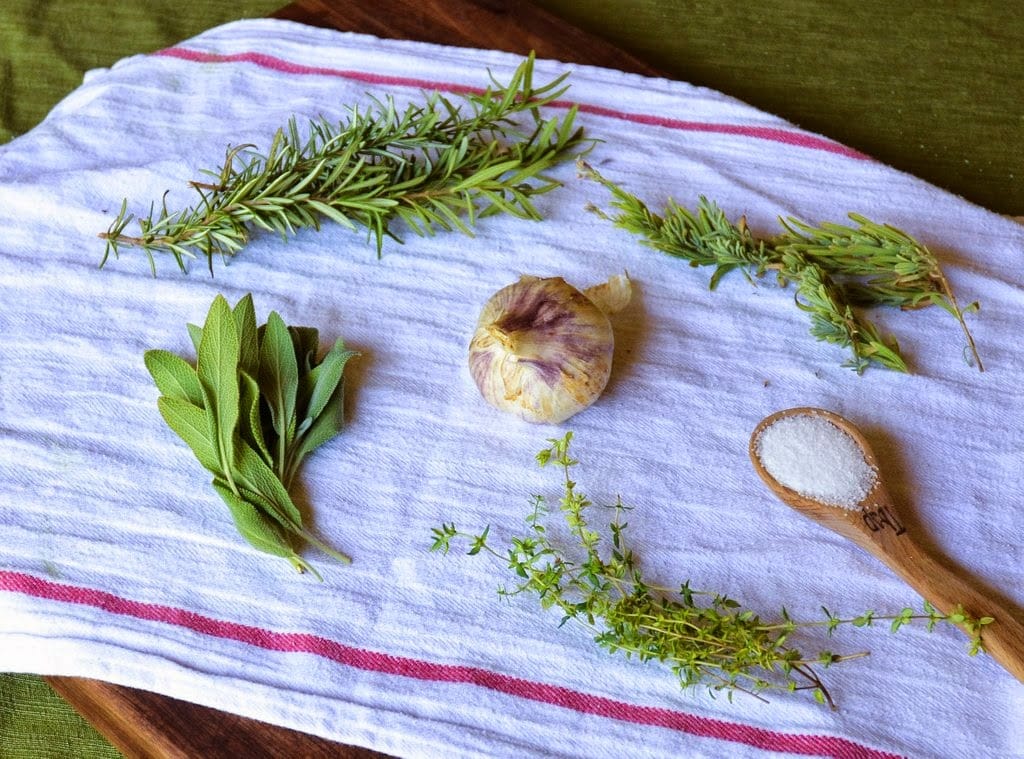








That all makes sense. Yet another aspect of rejuvenation I miss by being design-only (and not having my own garden, yet) includes tasks like cleaning the cobble washes. I was fortunate my last garden, it took most of 15 years before I had to replace anything that was aged beyond help…and that was few plants.
Another “file for future reference”.
Hi David,
Thank you for your observations. When I am called to help update old landscapes, my clients are often surprised that plants don’t live forever. Fifteen years is a good return for a plants that often cost less than $15, I’d say. 🙂
Hi, I am in CA and have a long strip of white oleander 8-12ft. It is a mess, very bare and straggly. They are North facing and have large oaks behind that block out the sun (but the oaks are in my neighbors yard so I can’t do anything there). Anyway with me being in a warm place I am thinking of severe pruning as there are hardly any leaves or blossom on most and very leggy tall branches which aren’t plentiful either. I am struggling to find any nodes to cut to? The last plant in the line is taller and bushier (and downhill) so guess gets more water but its grown over the pool and drops its blossoms so have to do that too but don’t want to do that quite yet as still pretty. Everywhere says end Aug/Sept but I notice you say March? Do you have any pics of the Oleanders that you cut back severely after they became green and how long they took to get green again? Also the fence is 6ft so do i cut to just below it or 4ft as still want the oleander to cover the fence and its old. Thx
Hi Chris,
Oleanders need full sun to look their best. It’s doubtful that your will have lush green foliage and flowers because of this. Pruning might help stimulate some new growth. Spring is the best time of year to prune oleanders as the consecutive months with warm weather will stimulate new growth.
The amount of time it will take for them to grow back is based on several variables including location, sun exposure, water, health of the plant so I can’t provide you with an answer.
I thing pruning to 4 feet sounds just fine as you describe.
Noelle
It’s important to note that in most cases, oleanders react very well to severe pruning, but the age and overall health of the plant may affect its growth and how well they respond.